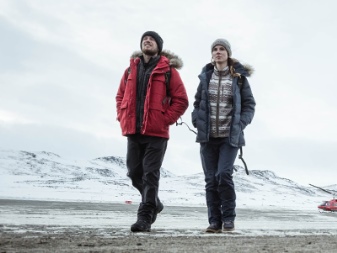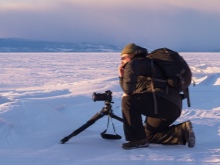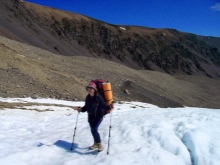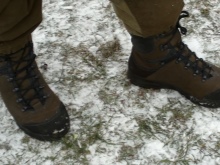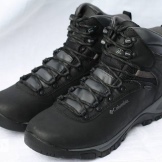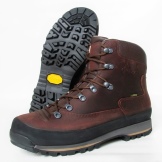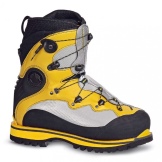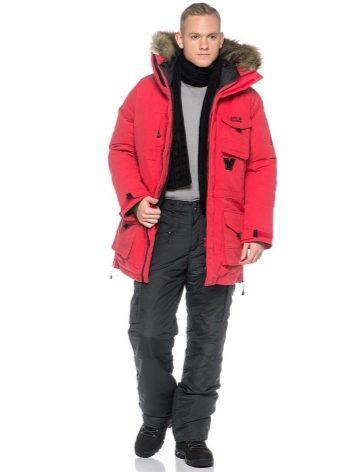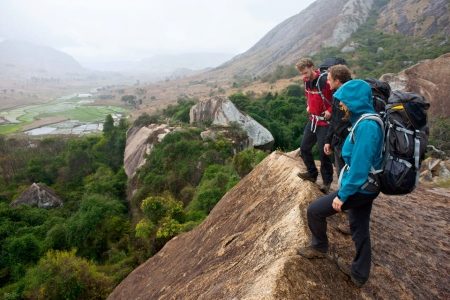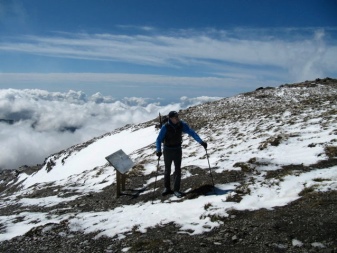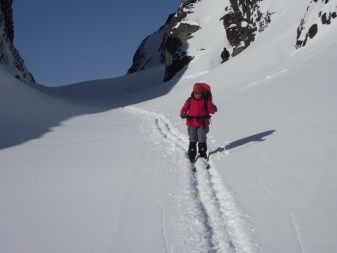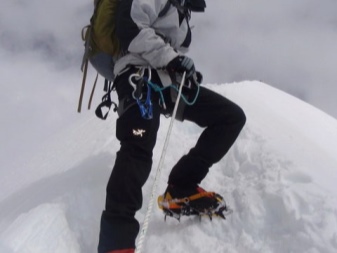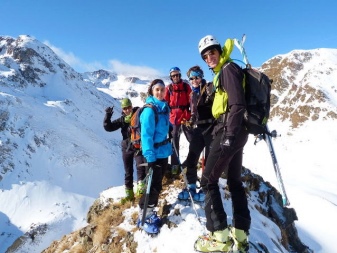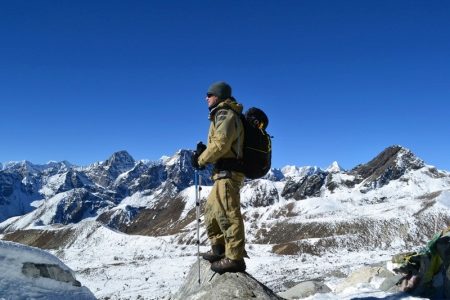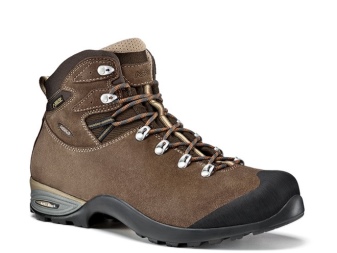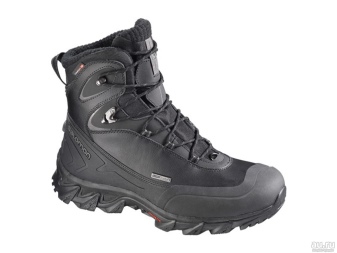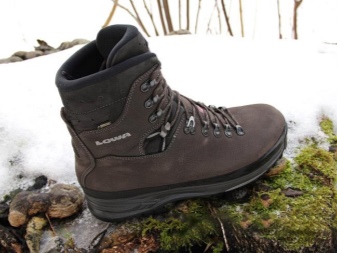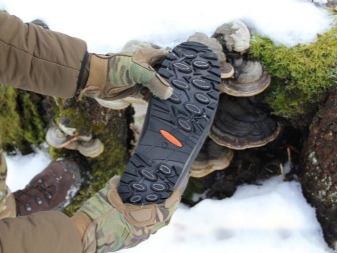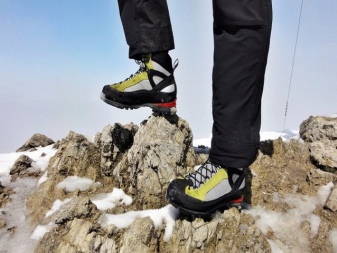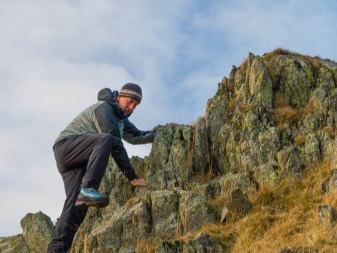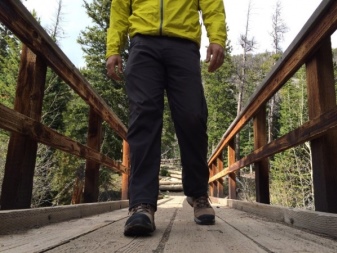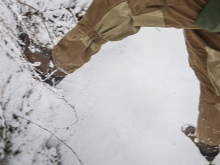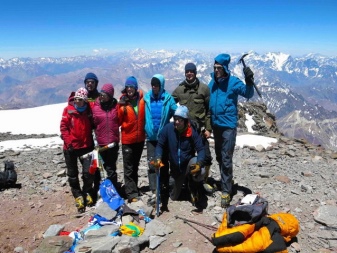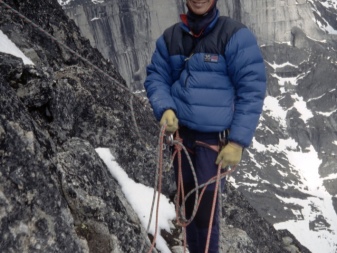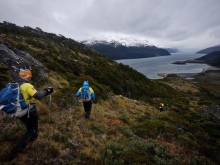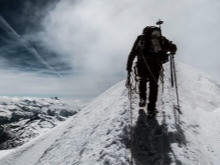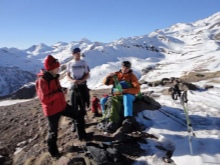Winter trekking boots

One of the most popular types of hiking is trekking, which means traveling on mountainous, rugged terrain. Today, there are enough explorers of peaks, and just lovers of the mountains, who daily browse a bunch of sites in search of suitable equipment and trekking shoes in particular, because it is a necessary guarantee of successful passage of a given route. Properly selected shoes will not allow wet feet or get calluses. They will contribute to the reduction of fatigue and will be able to provide the beginner or avid traveler with full-fledged comfort and safety of the legs, especially during the winter period.
Varieties
Since considerable demand gives rise to a similar offer, then there are more than a dozen varieties of trekking boots. The correct setting of goals will help you make your choice, namely, in what conditions you will wear shoes: season, degree of difficulty of the hike, features of the paths, weight of the backpack and level of your preparation. If the passage of a rather difficult route with a heavy backpack is planned for the winter period, then both the fixation of the ankle and the sole must be rigid and also have certain properties.
In general, the following types of trekking boots are distinguished:
- for easy trekking;
- for medium trekking;
- for heavy trekking;
- climbing shoes.
If you are looking for shoes that should protect you from low temperatures, then shoe options for easy trekking are not very acceptable. In most cases, these are textile (sometimes they can be made of thin leather), low shoes that are not durable, and also resistant to low temperatures. Their materials and seams are too soft for surfaces with sharp talus, mud, ice and snow. The use of cats or snowshoes with such boots is very often contraindicated.
On condition that a serious tourist route passes in winter, experienced travelers advise to choose shoes that have:
- reliable and tight fixation of the ankle;
- strong and non-slip sole;
- heat retention properties;
- water resistance.
For increased loads
It is for hiking, where extreme conditions are inherent, you should look for shoes, starting with the level "for middle trekking." Such boots, of course, are heavier than previous ones, are not as strong as climbing ones, but they are used by specialists with the epithet “universal”. Their purchase does not empty the pockets, because the price may be quite acceptable. A list of areas where you can go to them, includes the polar countries.
Basically, this shoe is a membrane, rubberized on all sides, boots with plastic soles. Tall and tough, they protect the foot from dislocations and moisture. Professionals also note a stable vapor permeability, which is an additional comfort advantage. You can walk in the snow in them, but it’s not entirely correct to call one hundred percent winter footwear. The fact is that most of the models, although warm (made mostly of nubuck, leather or cordura with the use of a thick lining), still do not have a special insulation. -10 degrees is the maximum temperature for their comfortable use.
Soft cats, tourist skis and snowshoes can often be used with medium trekking boots. That is why novice tourists, as well as lovers of running on a ski run in the forest, should pay attention to the shoes of this class.
For professionals
One step higher are boots for heavy trekking.These are shoes for polar explorers and mountain tourists who go on complex expeditions or make serious and planned ascents to great heights. The main differences of such shoes are:
- hard, especially hard outsole;
- presence behind the welt for cats (semi-automatic);
- a thick layer of shoe upper.
They often have an additional layer of insulation, which is designed for harsh winter conditions. Such shoes are closest to the next class, namely climbing boots, whose name speaks for itself.
Well-warmed and rubber-coated, with special protection from the ingress of snow inside, the boots are equipped with intricate lacing and multi-layered soles. The latter is often complemented by steel reinforcements, as well as welts for cats or ski bindings for the ski tour. Some models are made in the form of a construction of several layers, representing two shoes (internal and external), one of which is embedded inside the other. In this case, the top can be made of plastic, superstable to frost and moisture.
This tough, heavy shoes, designed to climb large peaks, and not to travel on normal routes. If you are not a professional climber, then you do not need to spend a decent amount of money on such specialized equipment.
Top leaders
In the top trekking boots can be attributed the shoes under the logos of brands such as Salomon (France), Asolo (USA), Skechers (USA), Lowa (Germany). Among others, many experts distinguish the line of winter shoes Skechers North Summit and the German manufacturer, namely the model Tibet Superwarm GTX Lowa.
This product is a winter men's shoes with enhanced water-repellent and durable qualities. For the warmth of the feet is the unique technology Primaloft Footwear. This is a special, extremely lightweight insulation using ultra-thin fibers, elastic and hypoallergenic. These boots are designed for long hikes with a full backpack. They protect the ankle from physical damage due to its high toe and additional reinforcements.
The sole is made of rubber of different degrees of rigidity and special textile inserts, the protector is self-cleaning. As a result, excellent adhesion with all kinds of surfaces and a high degree of slip resistance.
The lack of internal seams will add comfort, and a reasonable price will give confidence that this is a great choice for a fan of winter landscapes.
How to choose
Approach to the purchase of trekking boots should be detailed. It can sometimes be profitable to purchase on the Internet, but there is a chance to lose money with the size, in this case it is best to take a full measurement of the legs and check with the seller online. Some models are worth buying a bit larger size, considering that they will be worn on thick wool socks. Therefore, if there is a possibility, try on products before buying, walk around in a store, lift and lower your leg several times.
Having defined the characteristics, design and, having made a real fitting, you can get not just shoes, but an assistant in the successful completion of long and exciting journeys.

